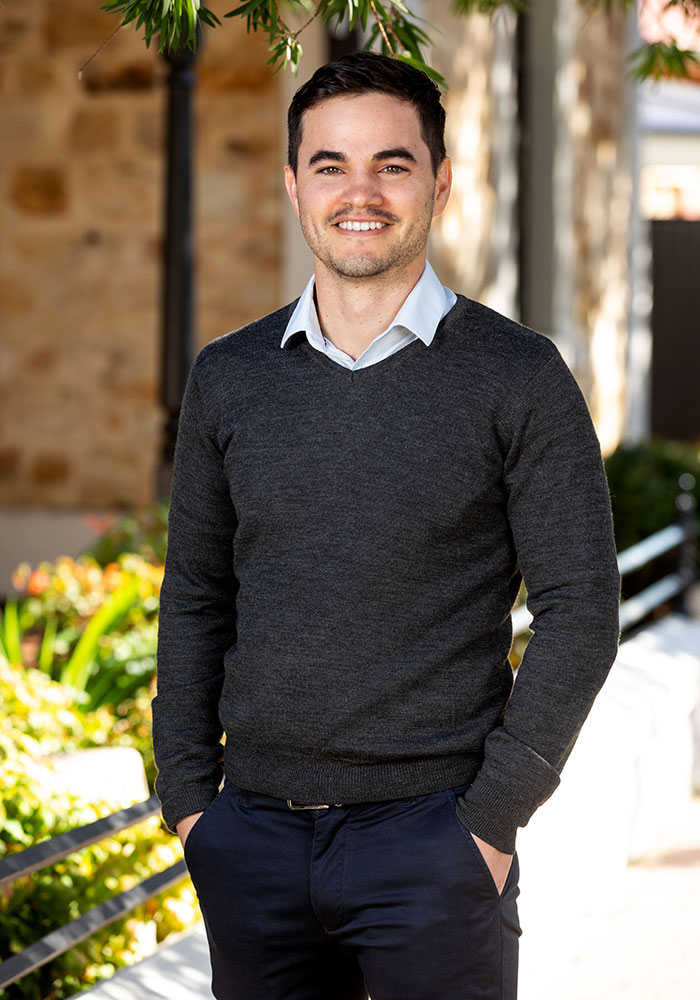Schema Therapy
- Evidence-based psychological therapy
- Children, teenagers, & young adults
- We Accept Private Health
- In Person & telehealth appointments available
Schema therapy is a psychotherapy approach that was developed by Dr. Jeffrey E. Young in the 1990s. It is an integrative and evidence-based therapeutic method that draws from various psychological theories, including cognitive-behavioural therapy, attachment theory, and psychodynamic concepts. Schema therapy is primarily designed to help individuals identify and change deeply ingrained, maladaptive patterns of thinking, feeling, and behaving, known as “schemas.” These schemas often develop in response to unmet emotional needs in childhood and can have a significant impact on an individual’s adult life and relationships.
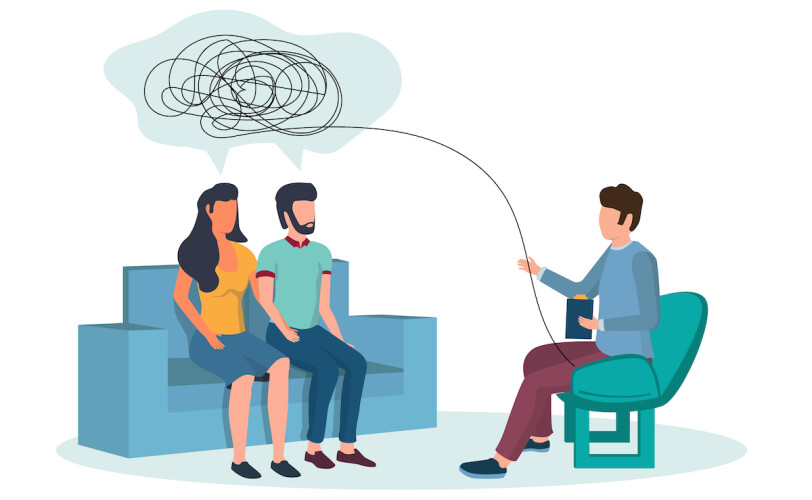
information and appointments, please get in touch.
Identification of Schemas
The first step in schema therapy is to identify the schemas that are causing distress and dysfunction in a person's life. Schemas are core beliefs or themes about oneself and the world. They are often unconscious and can manifest as self-defeating thought patterns, emotional reactions, and behaviours.
Cognitive and Emotional Techniques
Schema therapy employs cognitive and emotional techniques to explore and challenge these maladaptive schemas. Therapists work with clients to uncover the origins of their schemas, often rooted in early life experiences, and help them understand how these schemas influence their current thoughts and behaviours.
Limited Reparenting
A key feature of schema therapy is the concept of "limited reparenting." This involves the therapist providing the client with the emotional support, validation, and guidance that they may have lacked in their early years. This helps clients develop healthier coping strategies and build a more positive self-concept.
Mode Work
Schema therapy uses the concept of "modes" to understand different parts of the self that can emerge in various situations. These modes can be adapted from the person's child and parent modes, and the therapist helps clients recognize and manage these modes in therapy and in real-life situations.
Behavioral Techniques
In addition to cognitive and emotional work, schema therapy includes behavioural techniques to help clients change maladaptive behaviours and develop healthier, more adaptive responses to challenging situations.
Relational Focus
Schema therapy places a strong emphasis on understanding how schemas impact an individual's relationships. Clients learn to recognize how their schemas influence their interactions with others and how to improve their interpersonal skills.
Integration and Healing
The ultimate goal of schema therapy is to help clients integrate healthier beliefs and behaviours into their lives, creating a more balanced and functional self-concept. Healing from past emotional wounds and forming healthier relationships is a central focus of this therapy.
Schema therapy is often used to treat a range of psychological issues, including personality disorders, mood disorders, anxiety disorders, and relational problems. It typically involves long-term therapy, as deep-seated schemas can take time to modify and heal. The therapy is tailored to each individual’s specific needs and history, making it a highly personalized and comprehensive approach to emotional and psychological healing.

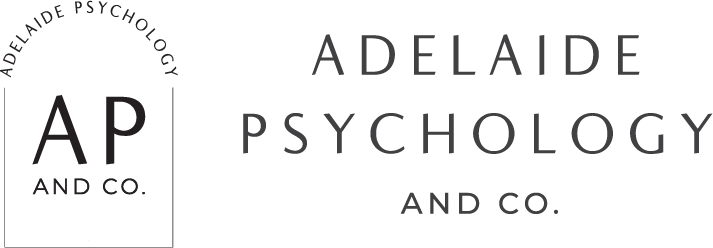

![AP&CO_27[9991]](https://adelaidepsychologyandco.com.au/wp-content/uploads/2023/09/APCO_279991-scaled.jpg)

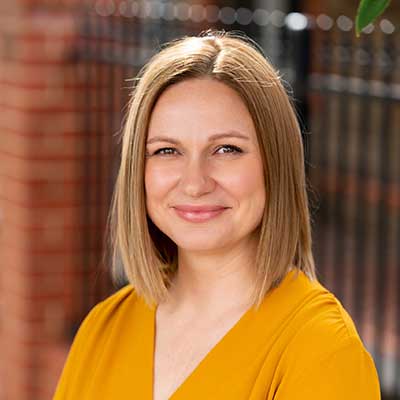


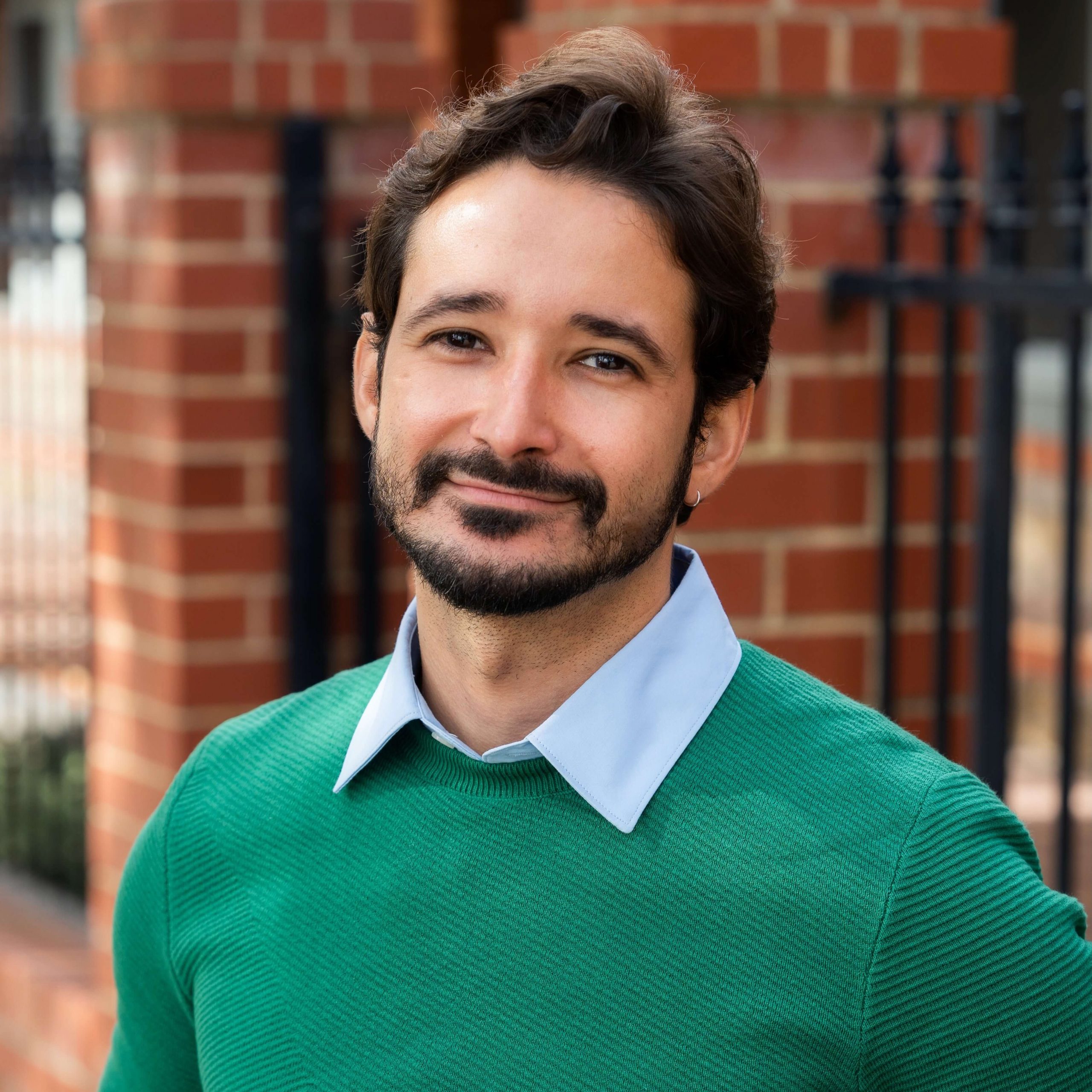


![Sherin Adelaide Psychology - Headshots-9[16464]](https://adelaidepsychologyandco.com.au/wp-content/uploads/2021/04/Sherin-Adelaide-Psychology-Headshots-916464-150x150.jpg)
